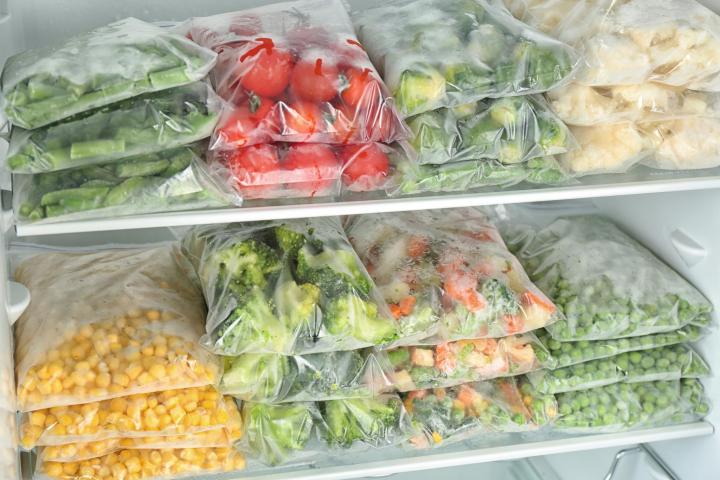Back to: Pre Vocational Studies Primary 6
Welcome to class!
Hello my healthy student! I’m so glad to have you back for another practical lesson. Today, we’re going to talk about “preservation of vegetables.” This means the different ways we can keep vegetables fresh and safe to eat for longer periods. It’s like putting your toys away in a safe place so they don’t get broken or lost. Let’s begin!
Preservation of Vegetables
Vegetables are an important part of a healthy diet, providing us with essential vitamins, minerals, and fiber. However, they can spoil quickly after harvest. That’s why preserving them is so important.
/cdn.vox-cdn.com/uploads/chorus_image/image/68516381/pickled_things.0.jpg)
Here are the main methods of preserving vegetables:
- Drying (Dehydration):
- This involves removing moisture from the vegetables, which prevents the growth of bacteria, mold, and yeast.
- Sun drying: A traditional method, spreading the vegetables in the sun.4 This works best in hot, dry climates.
- Mechanical drying (using a dehydrator or oven): This uses machines to dry the vegetables more quickly and efficiently.
- Examples: Dried peppers, dried onions, dried tomatoes, dried leafy greens (like spinach or moringa).
- Freezing:

- This involves storing vegetables at very low temperatures, which slows down the activity of microorganisms and enzymes that cause spoilage.
- Most vegetables are blanched (briefly cooked in boiling water) before freezing to stop enzyme activity that can affect their quality.
- Examples: Frozen peas, frozen carrots, frozen green beans, frozen corn.
- Canning:
- This involves sealing vegetables in airtight jars or cans and then heating them to kill any microorganisms that may be present.
- This method creates a vacuum seal that prevents spoilage.
- Examples: Canned tomatoes, canned green beans, canned corn.
- Pickling:
- This involves preserving vegetables in a vinegar or brine (saltwater) solution. The acidity of the solution helps to prevent spoilage.
- Examples: Pickled cucumbers (pickles), pickled onions, pickled peppers.
- Fermentation:
- This involves using microorganisms like bacteria or yeast to convert sugars in the vegetables into acids or other preserving substances.
- Examples: Sauerkraut (fermented cabbage), kimchi (fermented Korean vegetables).
Factors Affecting Vegetable Preservation:
- Freshness of the vegetables: Vegetables should be fresh and of good quality for preservation.
- Cleanliness: All equipment and surfaces should be clean to prevent contamination.
- Proper preparation: Vegetables may need to be washed, peeled, or cut before preservation.
- Proper storage: Preserved vegetables should be stored in a cool, dry place.
Let’s use some examples. People often dry peppers in the sun to make dried pepper flakes. They might freeze green beans to use in stews later. They might pickle cucumbers to make pickles.
So, to summarize, preserving vegetables is important for preventing food waste and enjoying vegetables throughout the year.20 The main methods include drying, freezing, canning, pickling, and fermentation.21
Evaluation
- Can you name three methods of preserving vegetables?
- Why are vegetables often blanched before freezing?
- What kind of solution is used for pickling vegetables?
Excellent! You’re doing a fantastic job! I’m so proud of your learning. Remember, preserving vegetables helps us to have a healthy and varied diet all year round. Keep up the amazing work!
